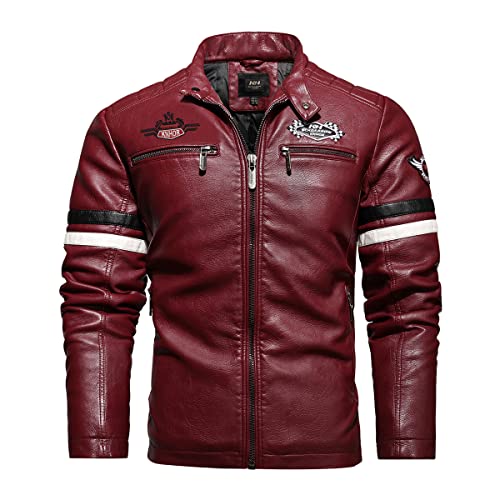What a buncha *******! :glare: Howie, less drinking, more wrenching. Do the other vehicles too ya twit. For those that think leaving it alone forever is just fine, it's not. If you had just one brake caliper seize in your lifetime, you'd understand better. Oh, you say it hasn't happened yet? BWAAHAHAHHAHA! It will if you keep ignoring it.
Changing the fluid and flushing/bleeding the system to get all fresh fluid is worth the minor time and expense. Next time you have the reservoir cap off and the plug out, give the front brake a nice hard squeeze. Go ahead, do it.
That squirt in the face of brake fluid will give you a hint why vacuum bleeders come in handy.
While we are at it, just a reminder, you can't vacuum bleed with Speed Bleeders in place.
Start with the bleed screw farthest away from the master cylinder and work to the closest. Works the same on any vehicle. As others said, for the FJR abs and non are the same procedure.
I used to see a lot of rusted pistons in brake calipers in the Miata community when I was wrenching. Car sits all winter, then the first nice day of the spring and they get to the end of the street and press the brakes, and the piston never retracts... as smoke starts rolling out of the wheel well! Granted, this won't happen in one or even three years. It's the ones that sit for 5 years that are more of an issue. Though I have seen a car parked outside for a solid year have this happen on it's first drive. The fluid was fresh when it was parked.
Brake fluids are rated for dry and wet boiling points. Race fluids have higher boiling points, but tend to be more hygroscopic. Real racers swap fluid often. Like before every race. Dry boiling points are for that virgin can/bottle. Pretty much the next day after you open it you can consider it 'wet'.
If you ride all year, it's less likely to be a problem than if the bike gets stored. Moisture in the fluid sitting around the piston will cause corrosion in a ring at the level where the piston sticks out of the caliper. Then on that first ride, you force the piston in, but the ring of rust/pitting prevents it from coming back out and then there is smoke as the pads drag. Usually this means a new caliper in your future.
Changing the fluid and flushing/bleeding the system to get all fresh fluid is worth the minor time and expense. Next time you have the reservoir cap off and the plug out, give the front brake a nice hard squeeze. Go ahead, do it.
That squirt in the face of brake fluid will give you a hint why vacuum bleeders come in handy.
While we are at it, just a reminder, you can't vacuum bleed with Speed Bleeders in place.
Start with the bleed screw farthest away from the master cylinder and work to the closest. Works the same on any vehicle. As others said, for the FJR abs and non are the same procedure.
I used to see a lot of rusted pistons in brake calipers in the Miata community when I was wrenching. Car sits all winter, then the first nice day of the spring and they get to the end of the street and press the brakes, and the piston never retracts... as smoke starts rolling out of the wheel well! Granted, this won't happen in one or even three years. It's the ones that sit for 5 years that are more of an issue. Though I have seen a car parked outside for a solid year have this happen on it's first drive. The fluid was fresh when it was parked.
Brake fluids are rated for dry and wet boiling points. Race fluids have higher boiling points, but tend to be more hygroscopic. Real racers swap fluid often. Like before every race. Dry boiling points are for that virgin can/bottle. Pretty much the next day after you open it you can consider it 'wet'.
If you ride all year, it's less likely to be a problem than if the bike gets stored. Moisture in the fluid sitting around the piston will cause corrosion in a ring at the level where the piston sticks out of the caliper. Then on that first ride, you force the piston in, but the ring of rust/pitting prevents it from coming back out and then there is smoke as the pads drag. Usually this means a new caliper in your future.




















































